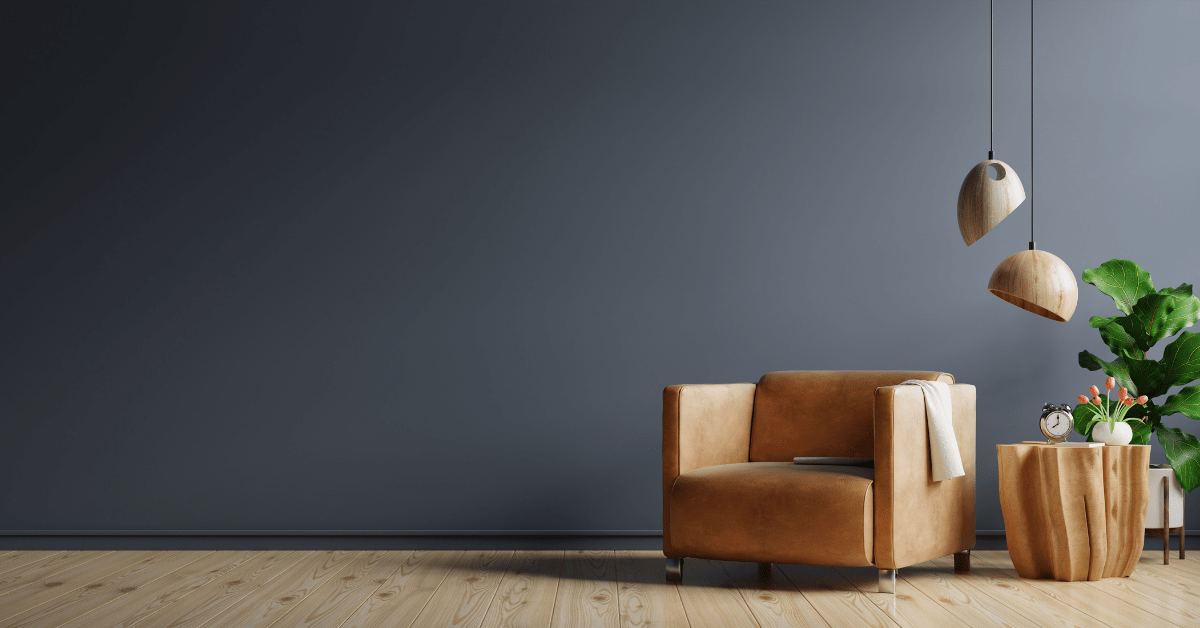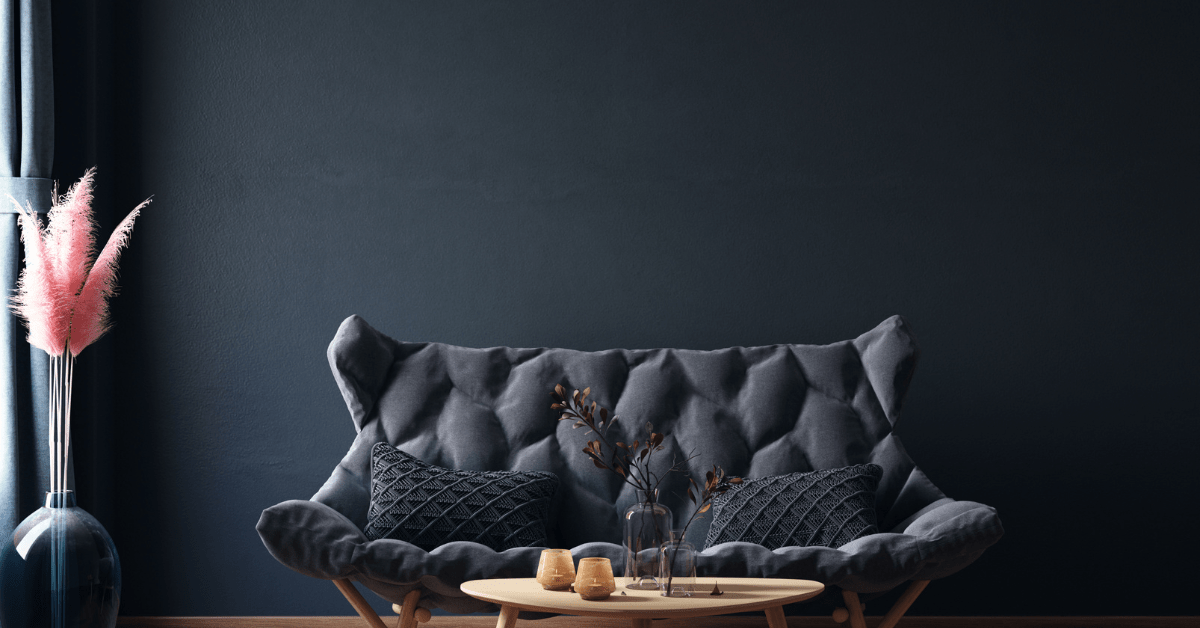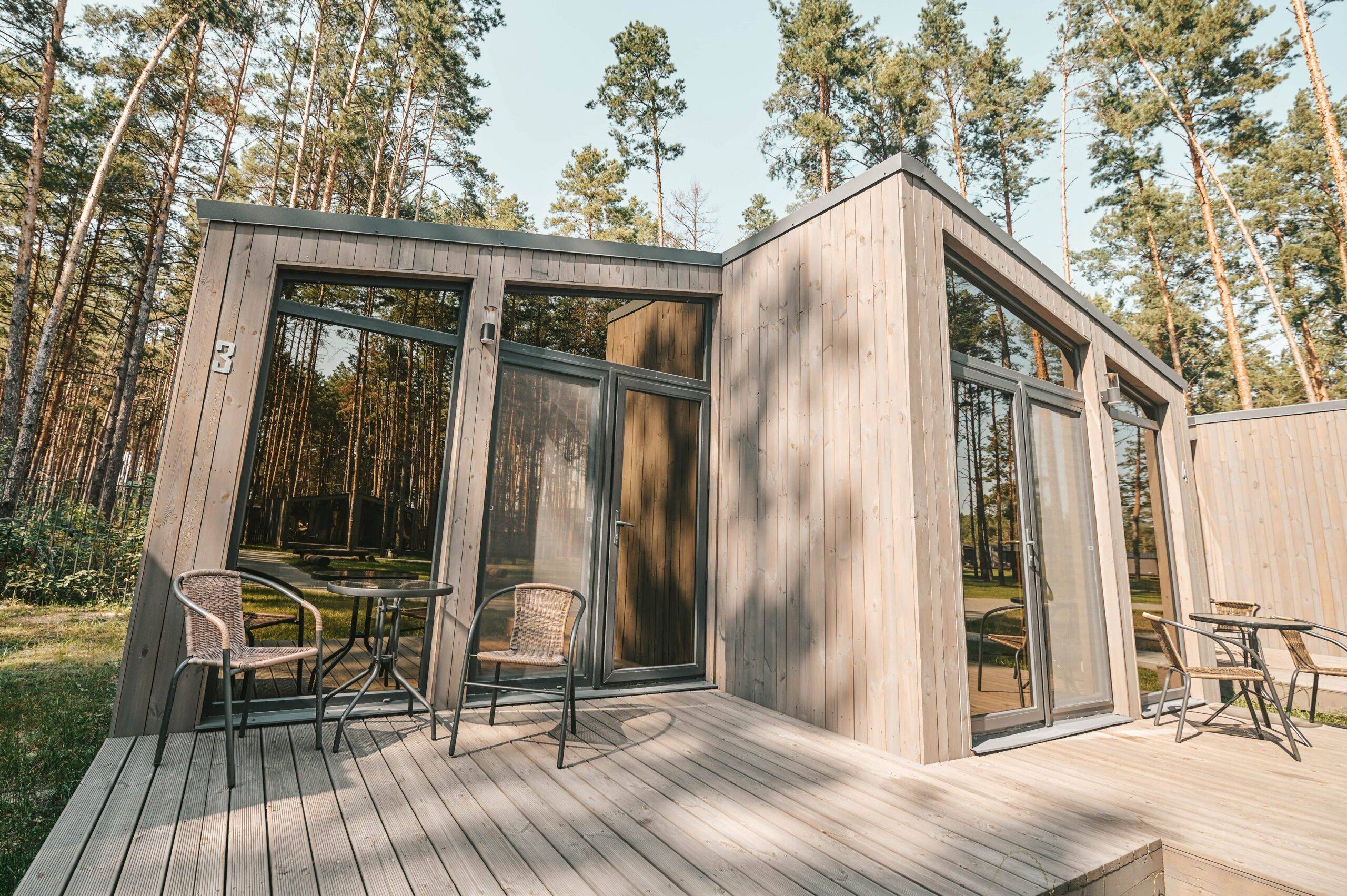Ceiling Paint vs Wall Paint – Differences and When to Use Each
When embarking on the journey of refreshing your space, one of the decisions that might seem minor but has a major impact is choosing between ceiling paint and wall paint. This choice influences not only the aesthetic appeal of your rooms but also their functionality and feel. Let’s dive into this topic, unraveling the distinctions, […] You're reading Ceiling Paint vs Wall Paint – Differences and When to Use Each, originally posted on Decoist. If you enjoyed this post, be sure to follow Decoist on Twitter, Facebook and Pinterest.

When embarking on the journey of refreshing your space, one of the decisions that might seem minor but has a major impact is choosing between ceiling paint and wall paint. This choice influences not only the aesthetic appeal of your rooms but also their functionality and feel. Let’s dive into this topic, unraveling the distinctions, purposes, and best practices for using ceiling paint vs. wall paint, ensuring you make informed decisions for your next home improvement project.
Understanding the Fundamental Differences Between Ceiling Paint and Wall Paint

At first glance, ceiling paint and wall paint might seem interchangeable. After all, they both serve the purpose of adding color and protection to the surfaces of our homes. However, the devil is in the details, and understanding these nuances is crucial. Ceiling paint is typically designed with a flat or matte finish. This is because ceilings often have imperfections, and a matte finish does an excellent job of hiding these blemishes. Moreover, ceiling paint is usually thicker than its counterpart, allowing for fewer drips and easier application overhead.

On the other hand, wall paint comes in a variety of finishes, from matte to high gloss, each serving different aesthetic and functional purposes. Glossier finishes, for instance, are more durable and easier to clean, making them ideal for high-traffic areas or spaces prone to messes, such as kitchens and bathrooms. The choice of finish can dramatically affect the room’s overall look, influencing perceptions of size, brightness, and even temperature.
The Importance of Choosing the Right Paint for the Right Surface

Choosing the correct type of paint for ceilings vs. walls is not just about aesthetics; it’s also about longevity and maintenance. Using wall paint on a ceiling might initially seem like a time and cost-saving measure, but it can lead to more frequent touch-ups due to its inability to hide imperfections as effectively as ceiling paint. Furthermore, the increased likelihood of dripping can make the painting process messier and more challenging.

Conversely, applying ceiling paint to walls could result in a flat and potentially chalky finish that doesn’t stand up well to cleaning or wear and tear. This could be particularly problematic in areas that require regular cleaning, like the aforementioned kitchens and bathrooms. Therefore, selecting the paint designed for the surface you’re working on not only ensures a more professional finish but also saves time and money in the long run.
Creative Uses and Techniques for Ceiling and Wall Paint

Beyond the basic application, there’s room for creativity when using ceiling and wall paint. For instance, using a slightly lighter shade of paint on the ceiling can create an illusion of height and space in a room. Conversely, a darker ceiling can add coziness and intimacy to larger spaces, making them feel more inviting.

Additionally, the trend of accent walls can be taken a step further by incorporating an accent ceiling. This can be a bold color that contrasts with the walls or a softer hue that complements them. The key is to consider the room’s overall palette and mood you wish to create. Techniques such as stenciling or adding textures can also add depth and interest, transforming a plain ceiling or wall into a focal point.
Expert Tips for Applying Ceiling and Wall Paint

Achieving a professional-looking finish requires more than just selecting the right paint. Preparation is crucial; this includes repairing any cracks or holes, sanding down rough spots, and ensuring the surface is clean and dry. When painting ceilings, it’s advisable to use a roller with an extension pole to avoid strain and ensure even coverage. Starting from the corner and moving inwards in overlapping strokes can help avoid missed spots or drips.

For walls, using a brush for the edges and a roller for the larger areas can provide the best results. Applying a primer, especially if you’re making a drastic color change or painting over a darker shade, can save you from needing multiple coats of paint. Remember, patience is key; allowing ample drying time between coats can make a significant difference in the final appearance.
Related Articles
- Satin vs Eggshell Paint – Find the Right Wall Finish
- Exploring Various Wall Texture Types: A Complete Guide
- Can You Paint Over Wallpaper? Yes, And Here’s How
In the grand scheme of home renovation and decoration, the choice between ceiling paint and wall paint might seem minor. However, as we’ve explored, this decision carries weight in terms of both aesthetics and functionality. Ultimately, the debate on ceiling paint vs. wall paint underscores the importance of attention to detail in home improvement projects. Whether you’re a seasoned DIYer or a first-time painter, taking the time to choose the right paint can transform your space, making it more beautiful, comfortable, and reflective of your personal style.
Turn your house into the home of your dreams. Our newsletter provides you with design ideas and decor trends. Subscribe now to start your journey to a stunning home! Click here to subscribe now.
You're reading Ceiling Paint vs Wall Paint – Differences and When to Use Each, originally posted on Decoist. If you enjoyed this post, be sure to follow Decoist on Twitter, Facebook and Pinterest.
What's Your Reaction?

































.jpg?#)










